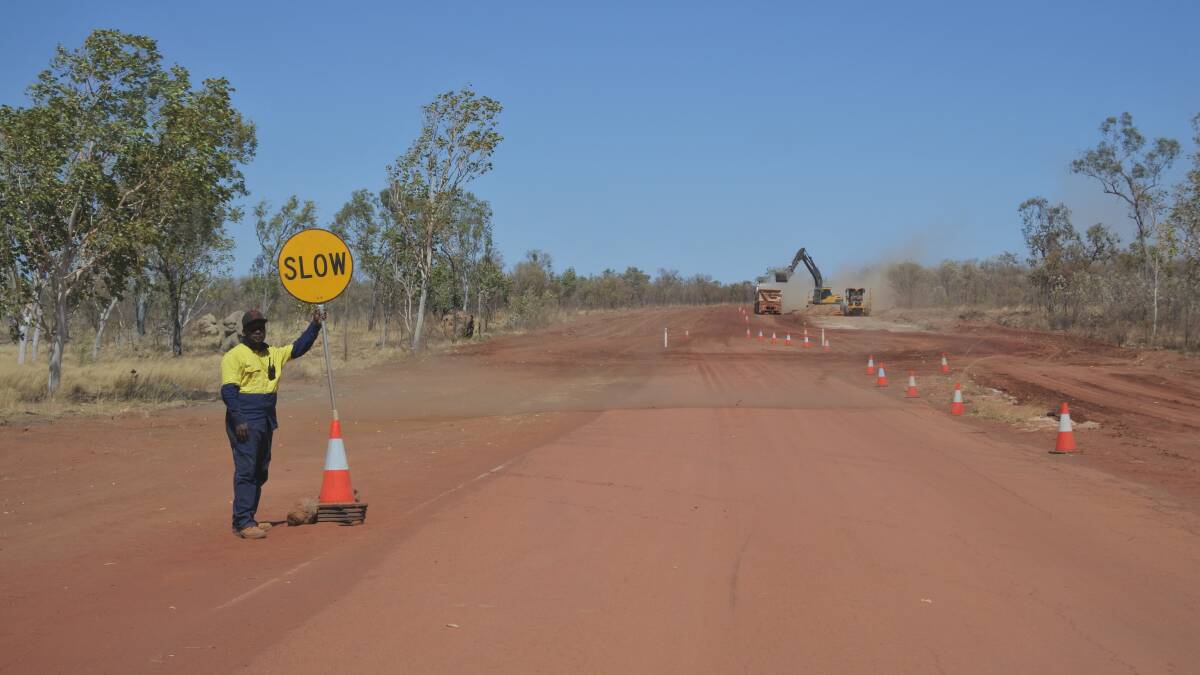
Housing isn't the only service to come under pressure in regional Australia since COVID hit 18 months ago.
Subscribe now for unlimited access.
$0/
(min cost $0)
or signup to continue reading
Whilst the ongoing reports of families struggling to find appropriate rental accommodation or get onto the housing ladder have been widespread, there are other impacts from the increased interest in living in a regional area.
As previously reported on Race to the Regions, an increase in the number of weekenders or short term residents can change the levels of demand for local services, whether it be medical, education or even retail.
In the same way we see churches turned into housing, so businesses adapt and evolve to meet the new demands of local communities.
Government's also need to respond to the changing needs of communities based on demographics. Identifying the best way to support communities isn't always easy - who predicted the pandemic and the subsequent changes to working from home?
Despite the ongoing migration of Australians from capital cities to regional areas, local airports have been hit hard. Rolling border restrictions brought in temporarily to respond to outbreaks across the country have also decimated regional airlines. The federal government has stepped in with a Regional Airports Program providing assistance to airports across Australia. The $30 million awarded in round 2 of the program has seen grants ranging from $90,000 for St Helens airport in Tasmania to $400,000 for Charters Towers in Queensland.
The goal of future proofing Australian communities is not a new one, nor is it entirely reliant on COVID. Over in Western Australia, the long running plan to upgrade Bunbury Hospital to meet the needs of the expanding population of the South West includes vital mental health support facilities. The cost isn't cheap. In total, the plans are set to cost $200 million.
Unfortunately infrastructure is all very well, but what happens if you can't get the staff? The ongoing concerns of attracting medical staff and services have been horribly highlighted as Sydney's Delta outbreak has moved west. From a few cases in Sydney's eastern suburbs the outbreak has reached some of NSW's most vulnerable communities, with health services struggling to cope.
For some areas of South Australia, it hasn't required a COVID outbreak to bring the issues to the fore. Chronic understaffing is a long term area of concern for a number of rural areas.
As discussed previously in Race to the Regions, telehealth has offered significant opportunities to both regional health care practitioners and their patients, saving time and offering choices regarding care.
The reality is there is no one solution, and what is best for Mildura is not the same as what's best for Port Lincoln, or Katherine. The Business Council of Australia's Jennifer Westacott argues that government support for regional hubs is vital for the overall economic wellbeing of Australia.
It's not always down to the government either. Local newspapers are full of stories highlighting innovation from local community groups and individuals filling a community need. Some gain national recognition such as Buy from the Bush founder Grace Brennan, others remain heroes at a more local level.
Sometimes the changes that benefit our communities can be as simple as after school care or a seniors morning tea or it could be a whole new school. As previously reported on Race to the Regions, that is what inspired one family to move from Bondi to Dunoon. The opportunity to work remotely whilst also having the option of small schools where all the kids and parents know each other can be a strong drawcard.
Regardless the stats are remarkable. The latest figures from the Regional Australia Institute show that without international migration the populations of Melbourne and Sydney are in decline. Whilst the few thousand people leaving aren't going to turn our biggest cities into ghost towns just yet it does highlight a trend that began 18 months ago and shows no signs of fading.
Join us next week as we wrap up the Race to the Regions series.

